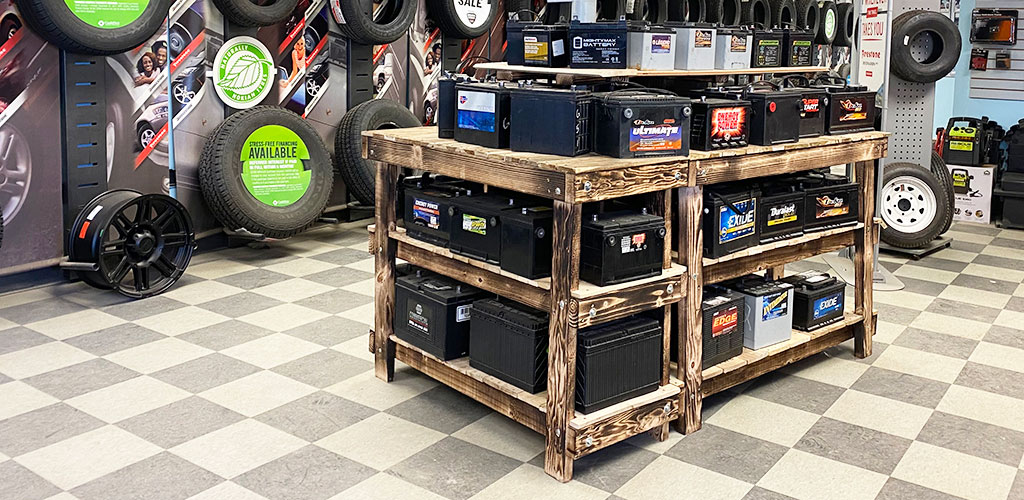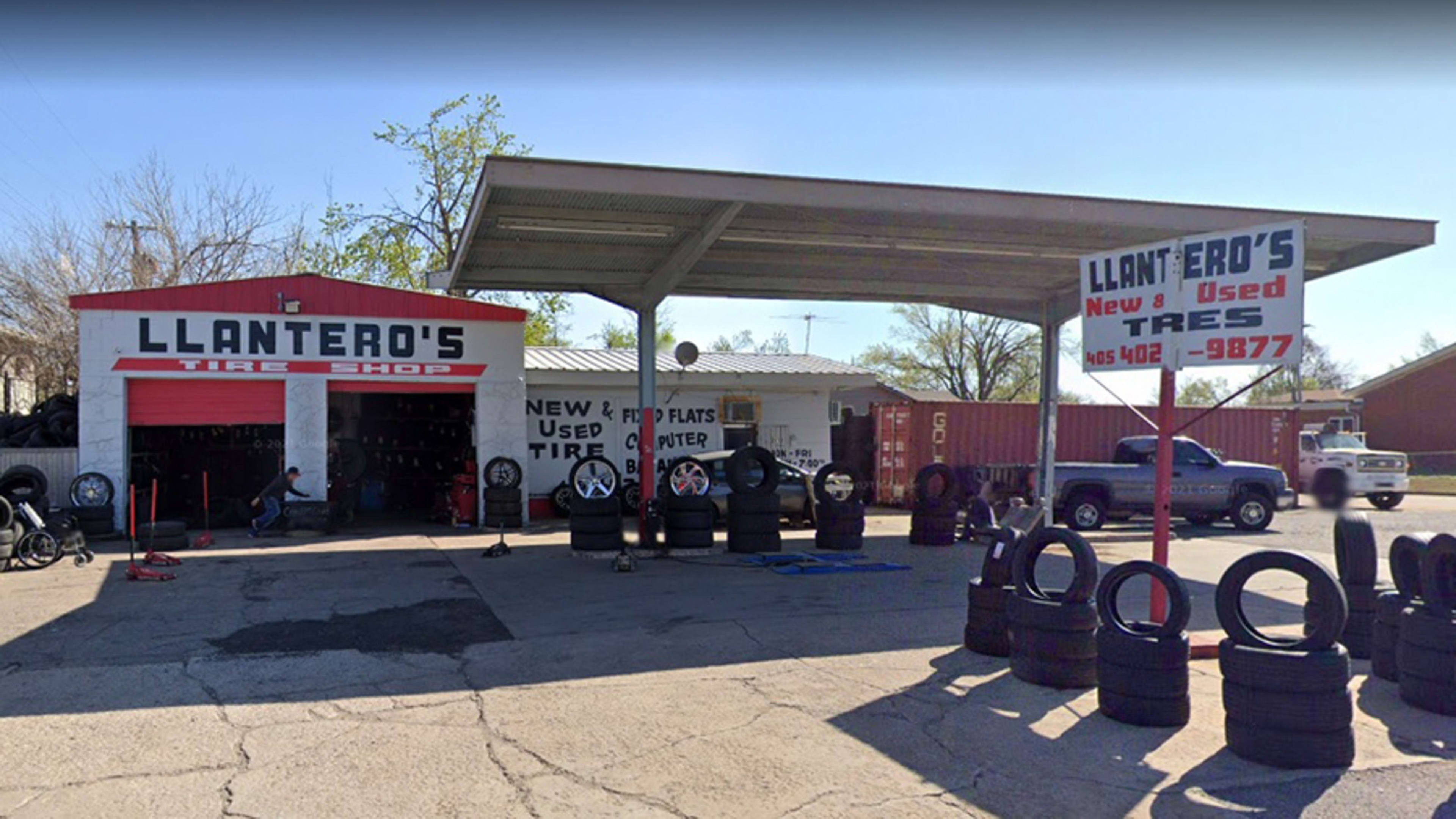Discover Top Quality at Morris Tire: Your Trusted Tire Shop Near Me
Discover Top Quality at Morris Tire: Your Trusted Tire Shop Near Me
Blog Article
The Science Behind Tire Repair and Safety And Security
When it comes to the complex world of tire upkeep and safety and security, there exists a world of scientific research that typically stays hidden by the ordinary chauffeur - morris tire service. The products that compose a tire, the impact of tire stress on general security, the ramifications of tread wear, the complex dynamics of tire traction, and the often-overlooked value of correct wheel placement all play crucial roles in making certain a vehicle operates securely and effectively. As we browse through the intricacies of tire repair service and security, it comes to be evident that a deeper understanding of these clinical principles is not only beneficial but necessary for every single motorist on the roadway
Tire Structure and Functionality
What products make up the composition of tires, and exactly how do these parts contribute to their functionality on the roadway? Steel cables are incorporated to boost the tire's stamina and aid it maintain its shape under different roadway problems.
The rubber substances use hold and grip, enabling the tire to stick to the roadway surface and supply stability throughout acceleration, stopping, and cornering. Generally, the mindful option and mix of these materials ensure that tires can perform successfully and safely on numerous roadway surface areas and problems.
Impact of Tire Stress on Safety And Security
Preserving appropriate tire stress is essential for making sure optimal security and efficiency while driving. The effect of tire stress on safety can not be overemphasized. Underinflated tires are vulnerable to overheating, which can result in tire blowouts, particularly at broadband. Furthermore, low tire pressure influences the handling and responsiveness of the vehicle, increasing the danger of accidents, specifically throughout emergency maneuvers. On the various other hand, overinflated tires have less contact with the road surface, minimizing traction and triggering uneven wear on the tire treads. This compromises the car's security and stopping performance, positioning a substantial security threat. Properly filled with air tires additionally play an essential role in gas effectiveness, as underinflated tires can raise moving resistance, causing lowered gas mileage. Routinely checking and maintaining the correct tire pressure not just ensures safety and security yet likewise extends the life expectancy of the tires, minimizing substitute costs in the future.
Tread Use and Its Effects
Proper tracking of tire walk wear is crucial for making certain ideal efficiency and safety when traveling. As tires wear down, the deepness of the step lessens, decreasing the tire's capability to keep grip, specifically in slippery or wet problems. The walk pattern and depth play an essential function in carrying water far from the tire to stop hydroplaning and keeping hold when traveling surface area.
Uneven wear may suggest morris tire service issues with tire rising cost of living, alignment, or suspension components. Use signs are developed right into the tire tread and become visible when the tread deepness reaches a specific low factor, indicating the demand for prompt substitute.

Understanding Tire Grip Dynamics
Keeping an eye on tire walk wear not only guarantees optimal performance and safety however additionally straight affects the traction dynamics of the tires on various road surface areas. Tire grip is an important element of lorry handling and security, as it determines the grasp in between the tires and the road. Grip characteristics vary depending on road conditions such as dry sidewalk, damp roadways, snow, or ice.

Recognizing tire grip dynamics is vital for drivers to adapt their driving actions according to the roadway conditions. tire tracks morris il. Frequently examining tire step deepness and problem can substantially enhance grip performance, making sure safer driving experiences across numerous surface areas
Value of Appropriate Wheel Positioning
Ensuring correct wheel positioning plays a critical duty in maximizing car efficiency and expanding tire long life. Appropriate wheel positioning involves changing the angles of the wheels to maker requirements, ensuring that they are perpendicular to the ground and alongside each other. When alignment is off, it can cause uneven tire wear, decreased gas effectiveness, and endangered handling.
One of the key advantages of keeping proper wheel alignment is improved dealing with and stability. Misaligned wheels can create the car to draw to one side, influencing steering control and overall driving experience. In addition, correct placement advertises also tire wear, preventing early tire substitute and saving on maintenance costs over time.

Verdict
In verdict, the scientific research behind tire repair work and safety and security is essential for preserving car efficiency and making sure vehicle driver security. By recognizing tire structure, stress, step wear, traction dynamics, and wheel alignment, vehicle drivers can stop crashes and extend the life-span of their tires.
The materials that compose a tire, the influence of tire pressure on total safety and security, the effects of step wear, the elaborate dynamics of tire traction, and the often-overlooked importance of appropriate wheel alignment all play crucial roles in making sure an automobile runs securely and efficiently. On the various other hand, overinflated tires have less call with the road surface area, reducing traction and causing uneven wear on the tire footsteps. Routinely examining and preserving the appropriate tire stress not only guarantees safety and security but additionally extends the life expectancy of the tires, conserving on replacement costs in the lengthy run.
Checking tire step wear not only guarantees ideal performance and safety and security yet likewise straight affects the traction dynamics of the tires on various road surfaces. Tire traction is an important facet of car handling and safety, as it determines the hold in between the tires and the road.
Report this page